Riding a powerful 1300W fat tire ebike offers unmatched acceleration, superior hill-climbing ability, and exceptional versatility across challenging terrains. The robust motor combined with wide, stable fat tires ensures a comfortable, confident ride on surfaces like snow, sand, and mud, making it ideal for commuting, off-road adventures, and heavy-load carrying.
How Does a 1300W Motor Enhance Ebike Performance?
A 1300W motor delivers significantly higher torque—around 85 Nm—compared to lower wattage models, enabling rapid acceleration and sustained high speeds up to 28 mph. This power allows riders to conquer steep hills and rough terrain effortlessly while carrying heavier loads, providing a dynamic and responsive riding experience.
Chart: Performance Comparison by Motor Wattage
| Motor Wattage | Max Speed (mph) | Torque (Nm) | Terrain Capability |
|---|---|---|---|
| 500W | 20 | 50 | Flat roads, light trails |
| 750W | 25 | 65 | Moderate hills, mixed terrain |
| 1300W | 28+ | 85 | Steep hills, off-road, snow |
What Advantages Do Fat Tires Offer on Ebikes?
Fat tires, typically 4 inches or wider, provide enhanced stability by increasing the contact patch with the ground, improving balance on uneven surfaces. They offer superior traction on snow, sand, and mud, reducing slipping risks. Their large volume acts as natural shock absorbers, delivering a smoother, more comfortable ride over rough terrain.
Why Is a 1300W Fat Tire Ebike Suitable for Diverse Terrains?
The combination of a powerful 1300W motor and fat tires equips the ebike to handle a wide range of terrains—from urban streets and gravel paths to snowy trails and sandy beaches. This versatility allows riders to confidently explore off-road adventures or navigate challenging daily commutes with ease.
How Does a 1300W Motor Support Heavy Loads and Long Rides?
High torque output from the 1300W motor enables the ebike to carry heavier riders and cargo—often up to 500 lbs—without sacrificing speed or control. Paired with high-capacity batteries (typically 48V 15Ah), these ebikes offer ranges up to 65 miles, supporting extended rides and reducing range anxiety.
What Maintenance Considerations Are There for a 1300W Fat Tire Ebike?
Regular maintenance includes checking tire pressure (8-12 PSI) to optimize traction and efficiency, inspecting brakes—preferably hydraulic disc brakes—for reliable stopping power, and caring for the battery by avoiding full discharges and storing it properly. The robust design of fat tires and frames reduces frequent repairs, making maintenance manageable.
Buying Tips
When purchasing a powerful 1300W fat tire ebike, consider:
- Motor Power: Ensure a 1300W motor for strong acceleration and hill climbing.
- Battery Capacity: Opt for 48V 15Ah or higher for long-range rides.
- Tire Size: Choose 26-inch fat tires for rugged terrain or 27-inch for mixed use.
- Brake System: Hydraulic disc brakes offer superior stopping power.
- Suspension: Front suspension improves comfort on rough terrain.
- Brand Reliability: Select trusted brands like TST EBike with good quality control and support.
These factors ensure a powerful, durable, and versatile ebike suited for various riding needs.
TST EBike Expert Views
“TST EBike’s 1300W fat tire models combine high torque and robust build quality to deliver exceptional performance across all terrains. Their 26-inch and 27-inch options provide riders with stability and comfort, while powerful motors and large batteries ensure long-range capability. Our commitment to quality and consumer feedback makes these ebikes a top choice for both commuters and adventurers.” — TST EBike Product Specialist
Frequently Asked Questions
Q: What top speed can a 1300W fat tire ebike reach?
A: Typically up to 28 mph, depending on terrain and rider weight.
Q: Are fat tire ebikes good for all weather conditions?
A: Yes, fat tires provide excellent traction on snow, sand, mud, and wet roads.
Q: How long does it take to charge a 48V 15Ah battery?
A: Around 4 to 5 hours with a standard charger.
Q: Can a 1300W fat tire ebike carry heavy loads?
A: Yes, many models support up to 500 lbs including rider and cargo.
Q: Is a 1300W motor necessary for off-road riding?
A: It’s highly recommended for steep hills, rough terrain, and heavy loads.

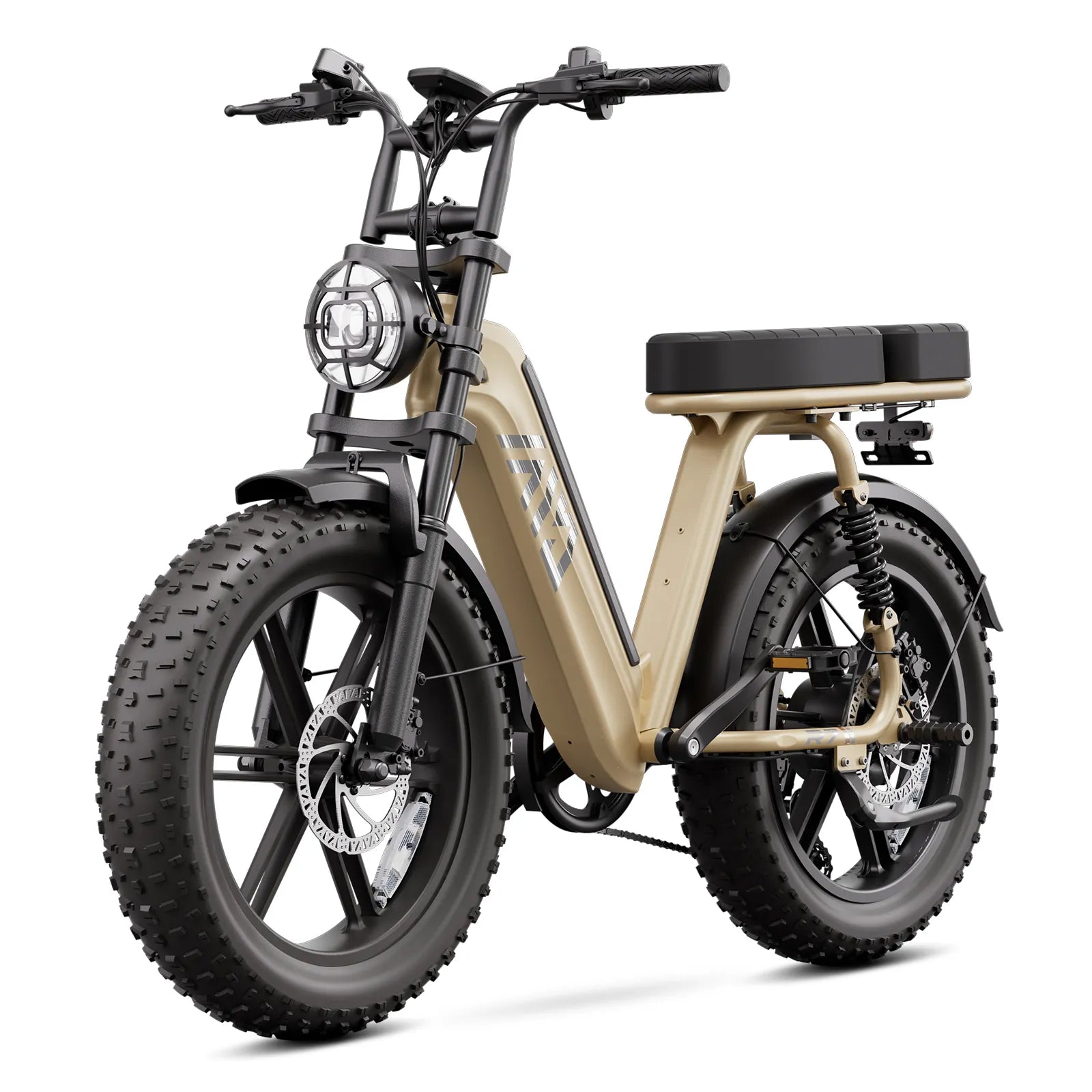
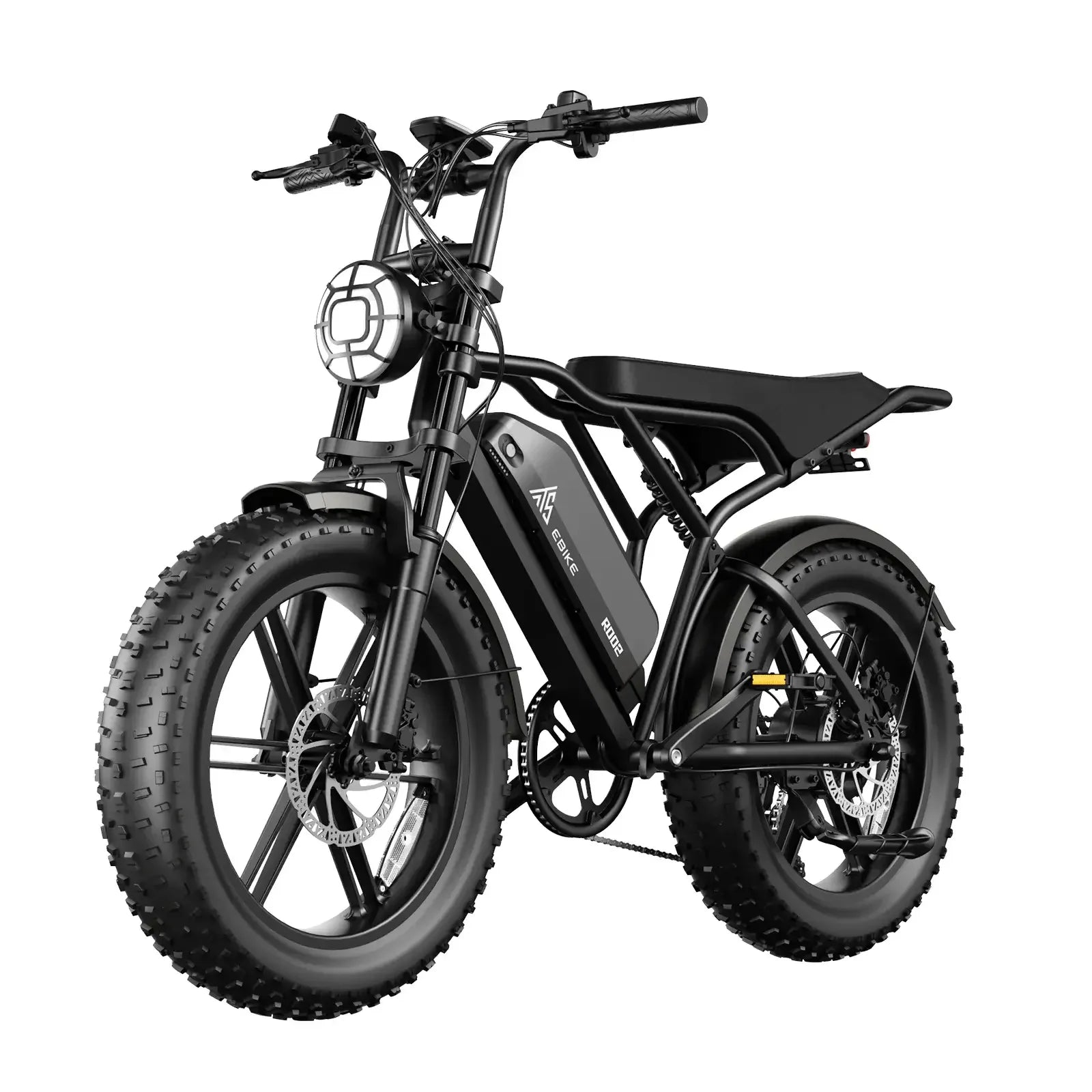

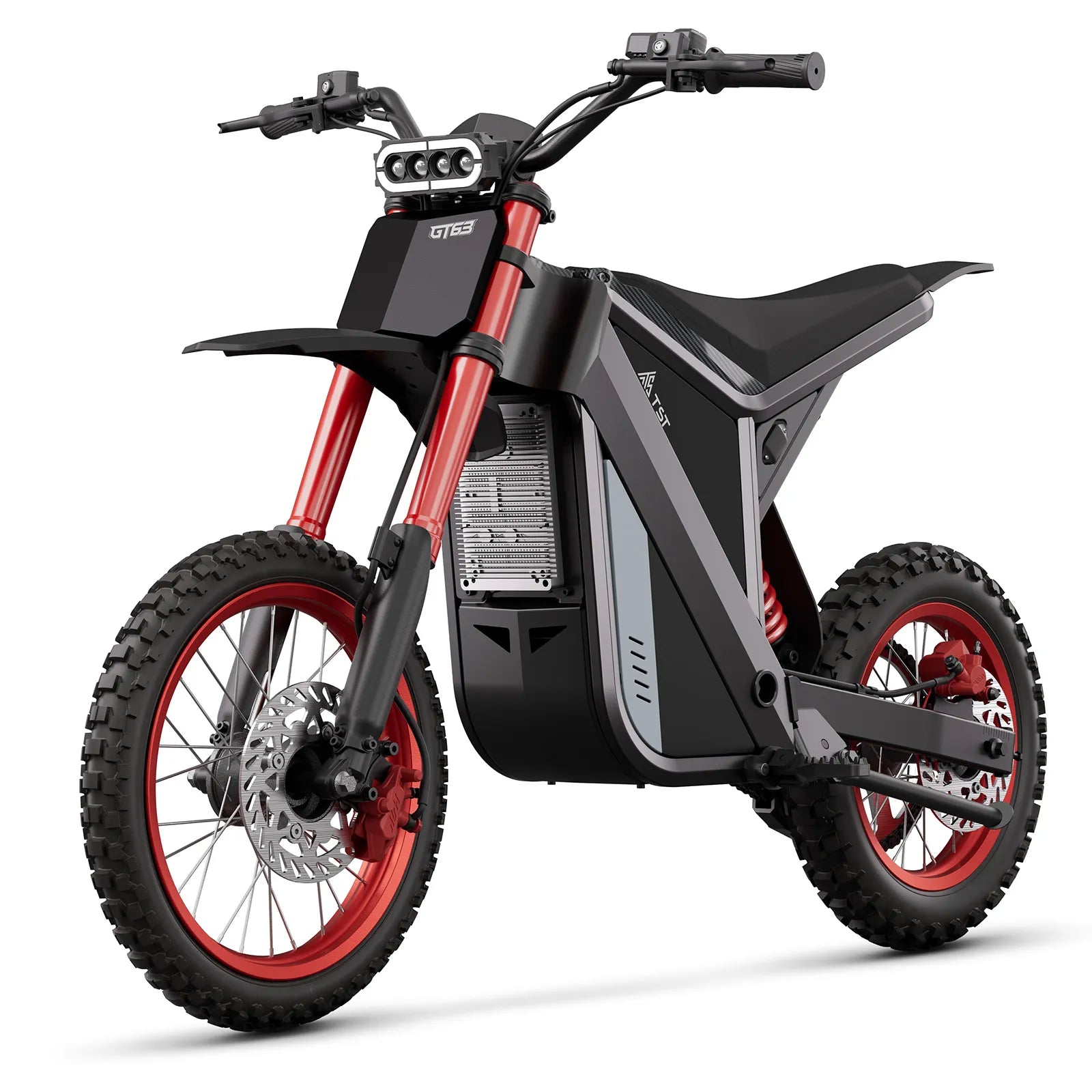
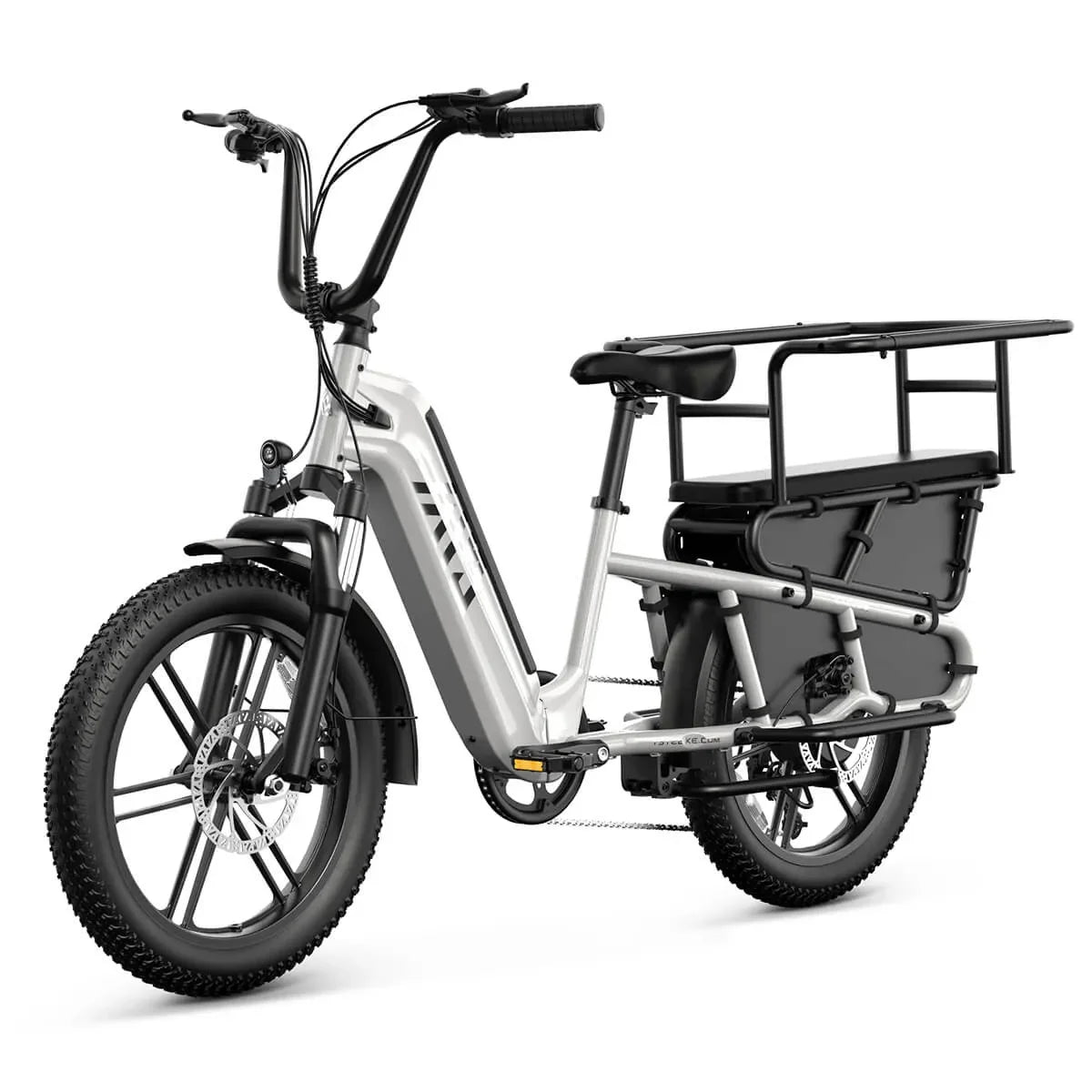
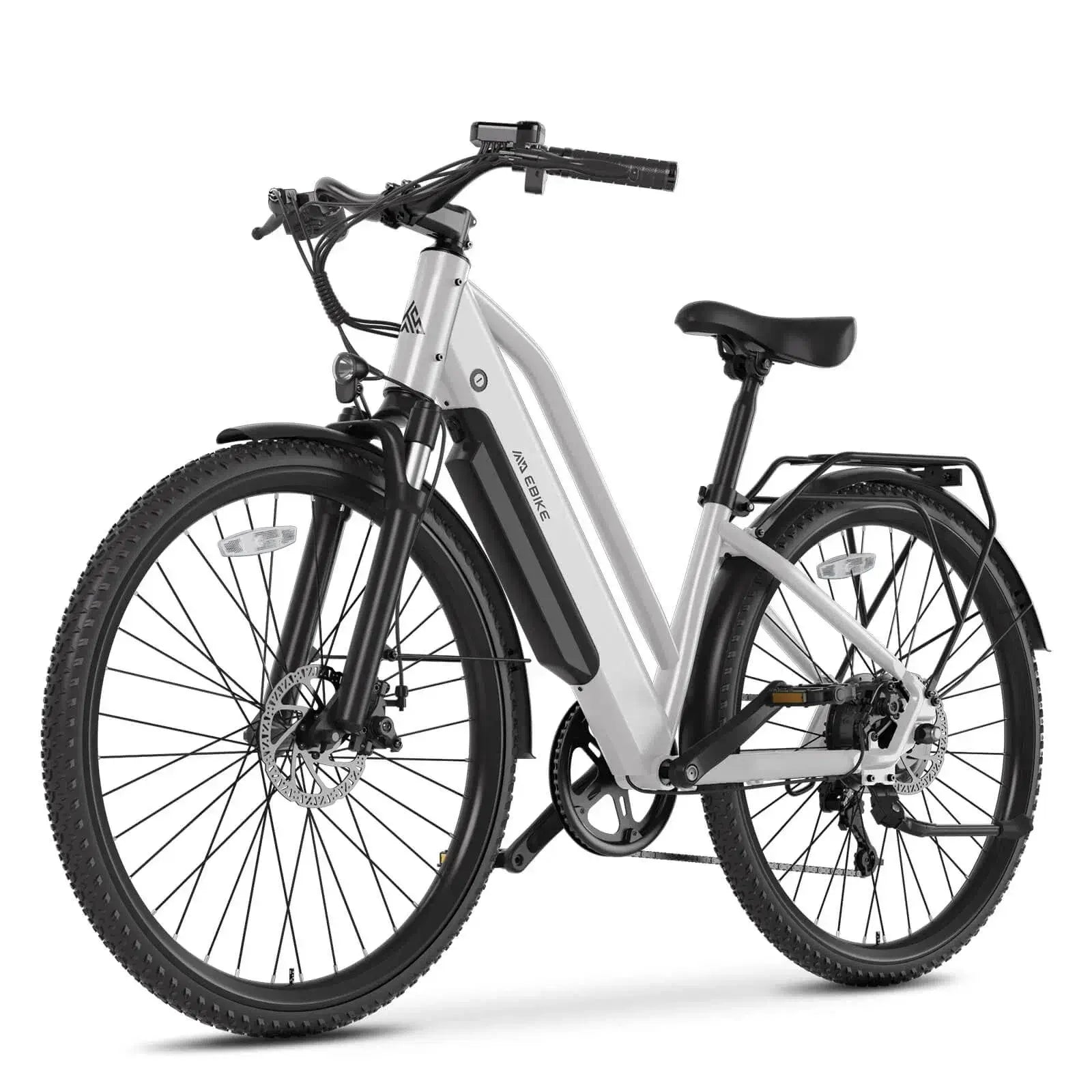
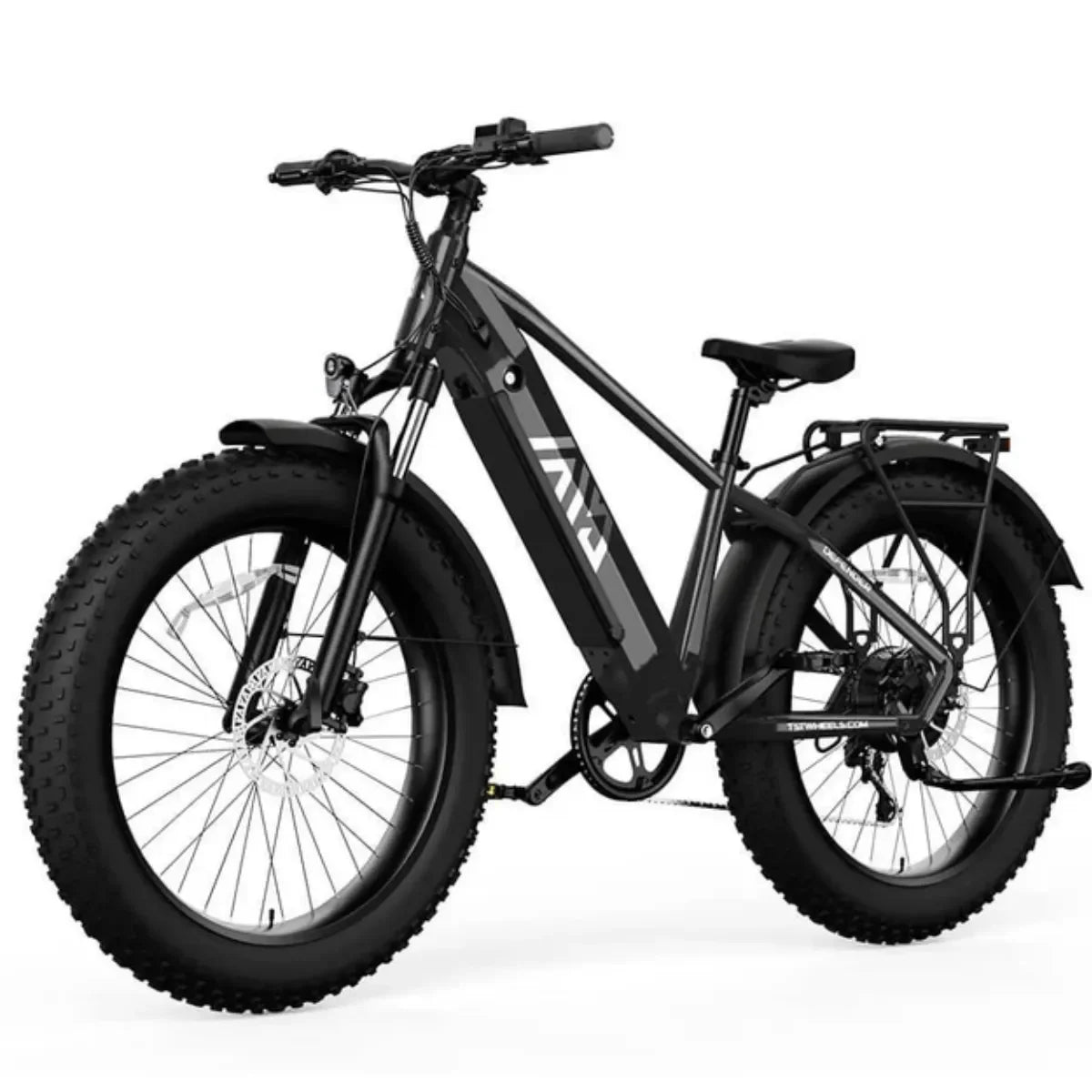
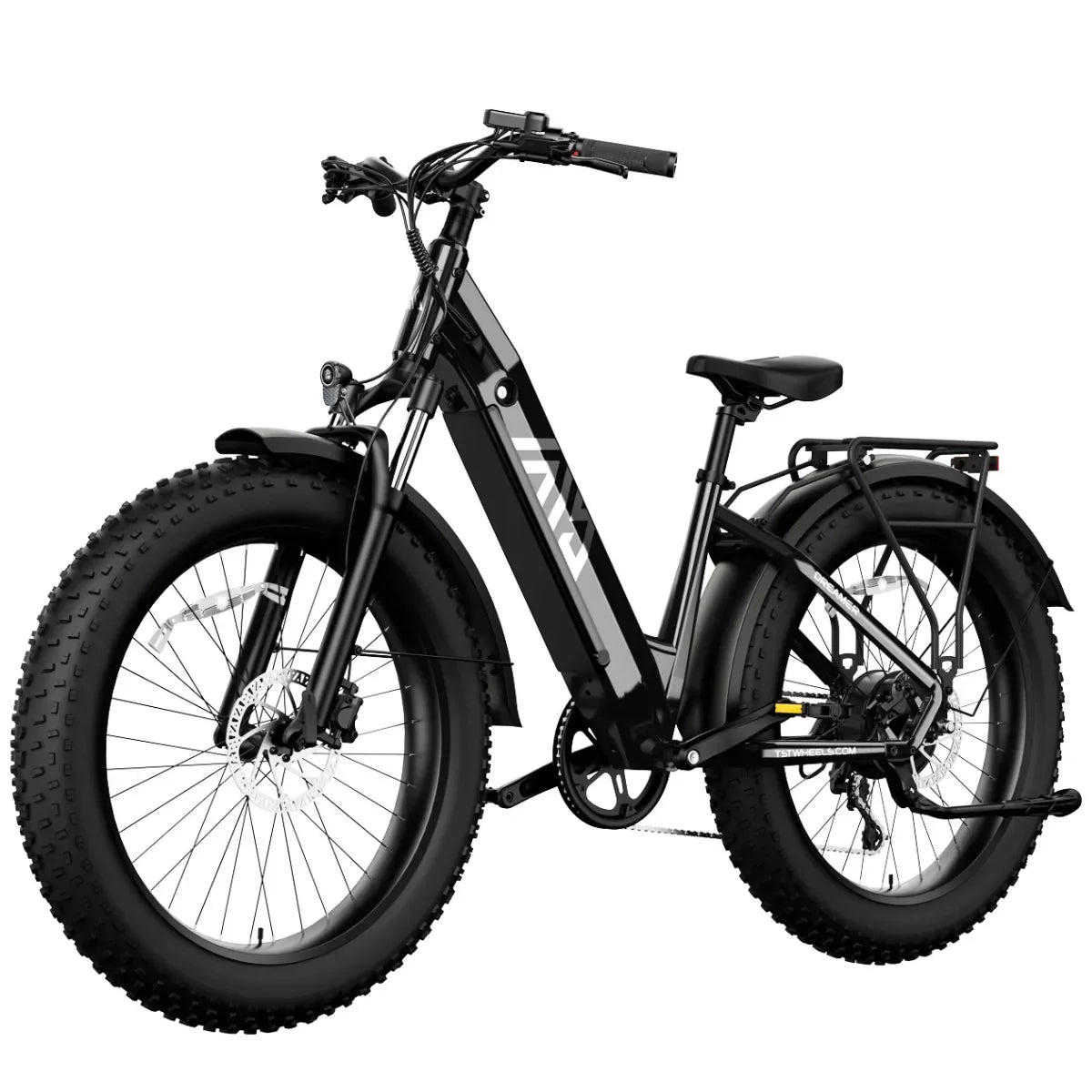

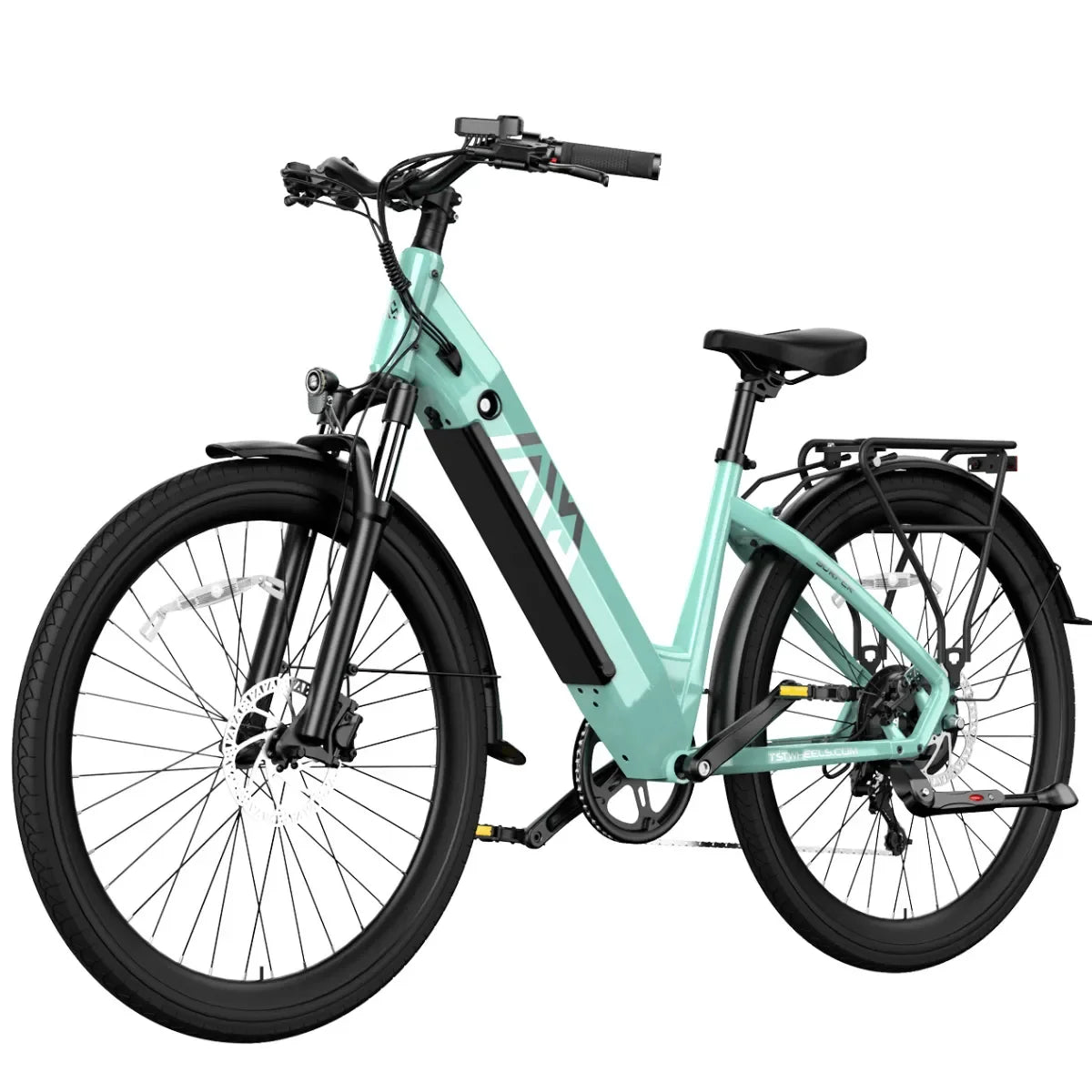
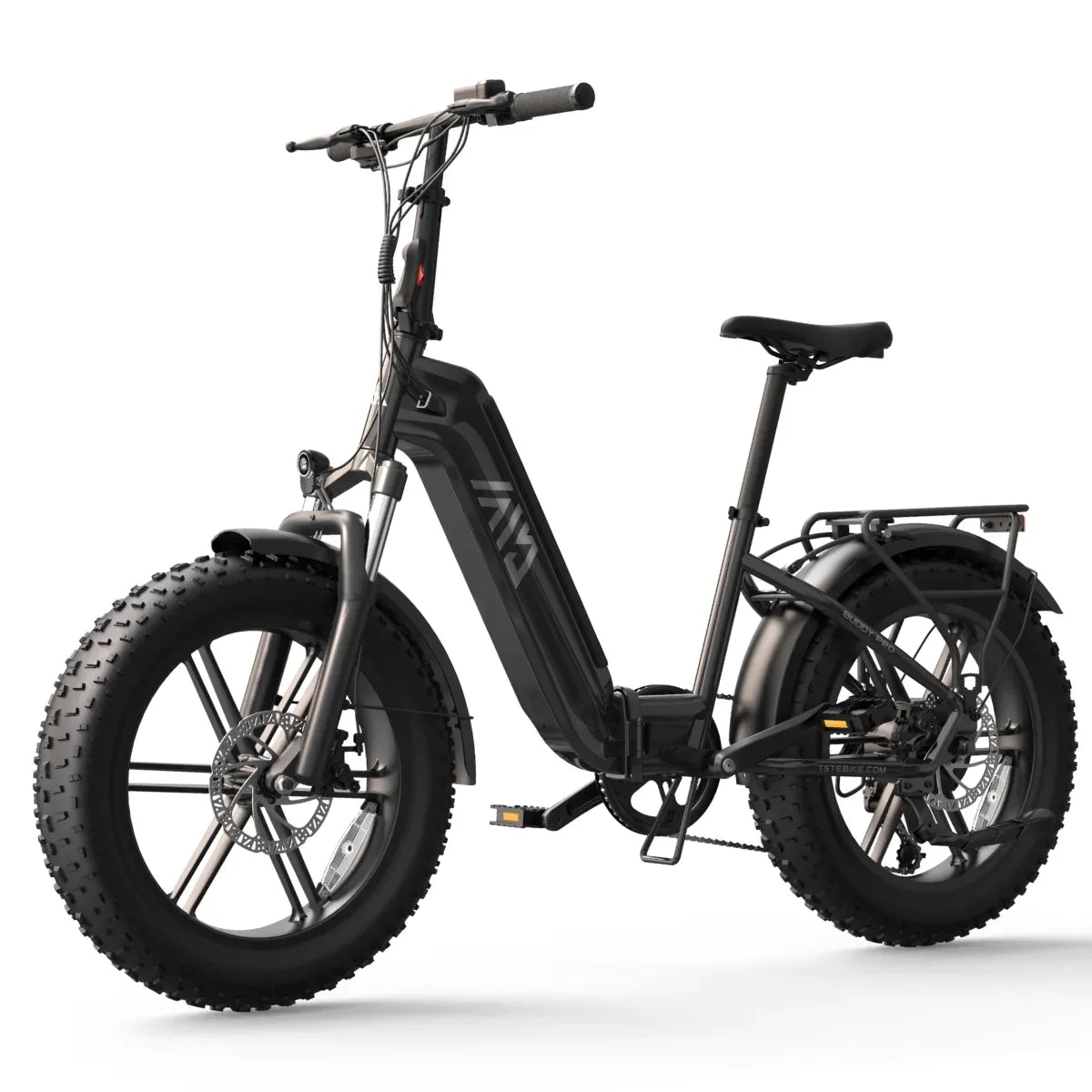
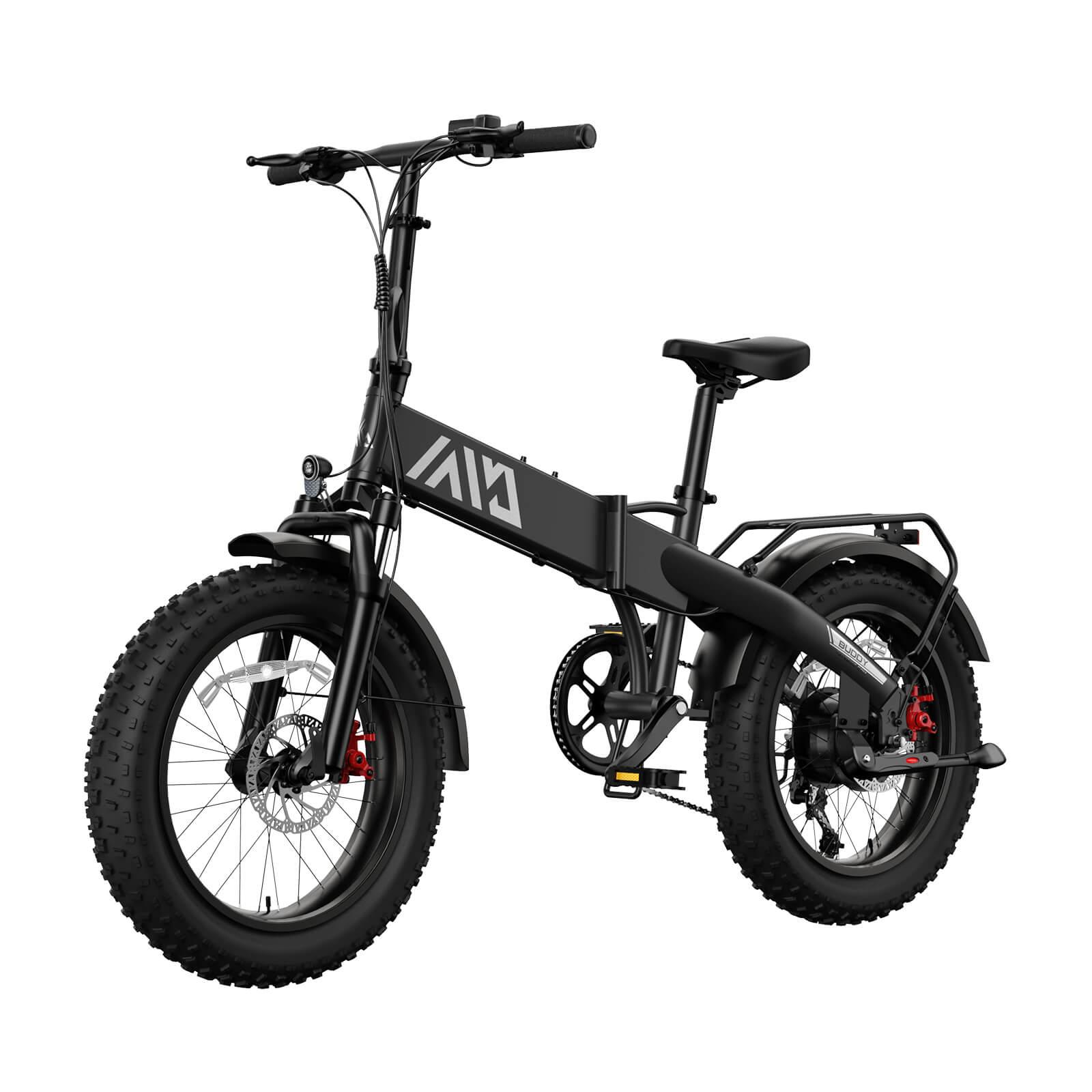
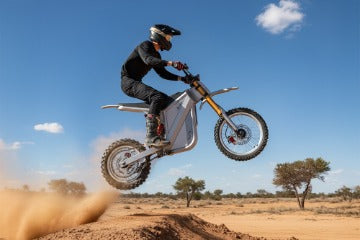
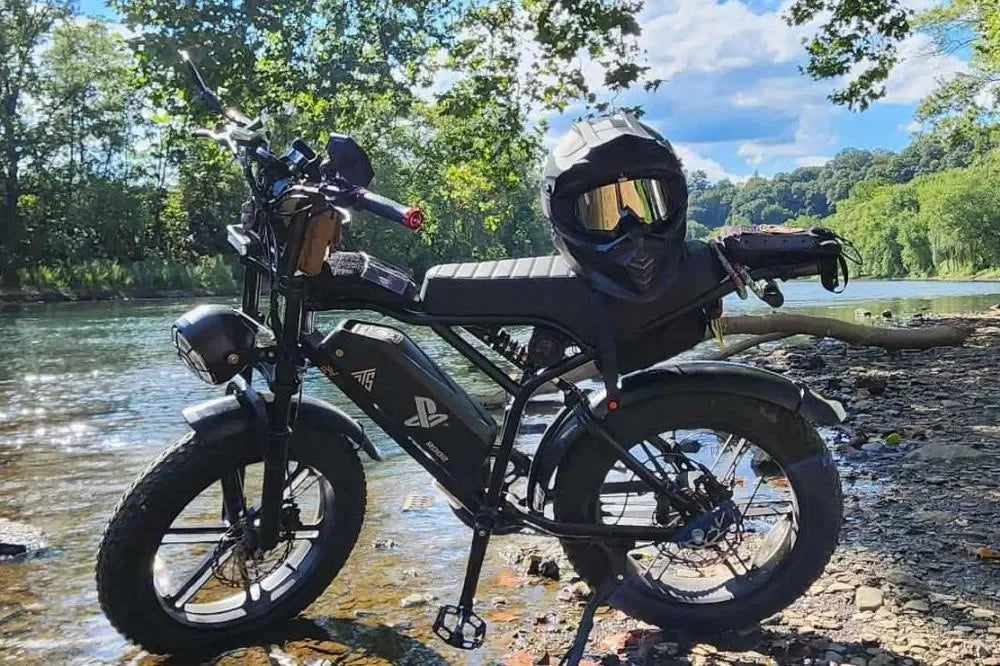
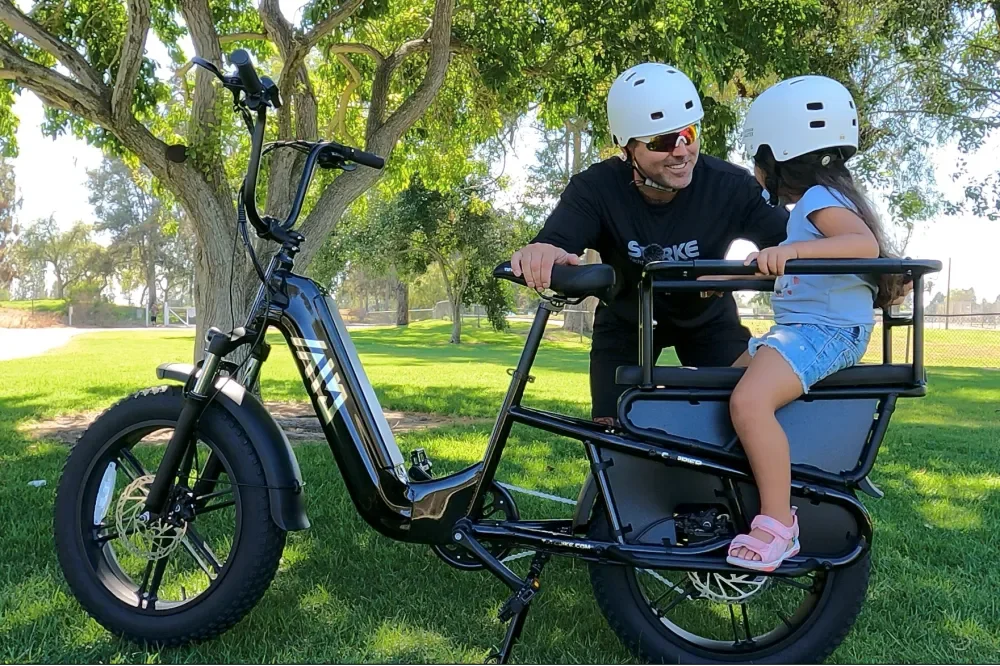
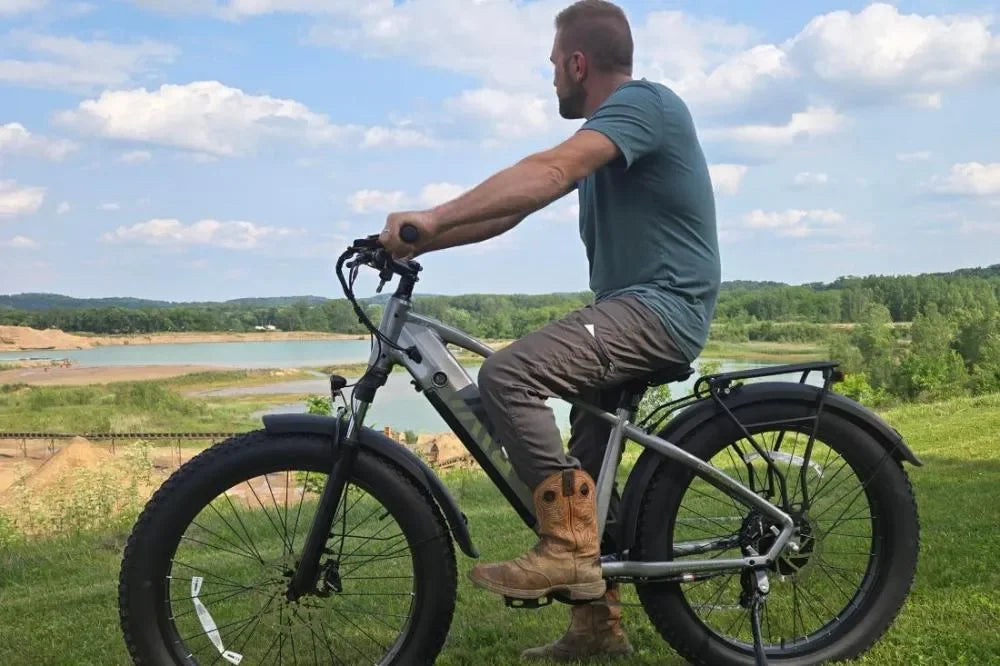
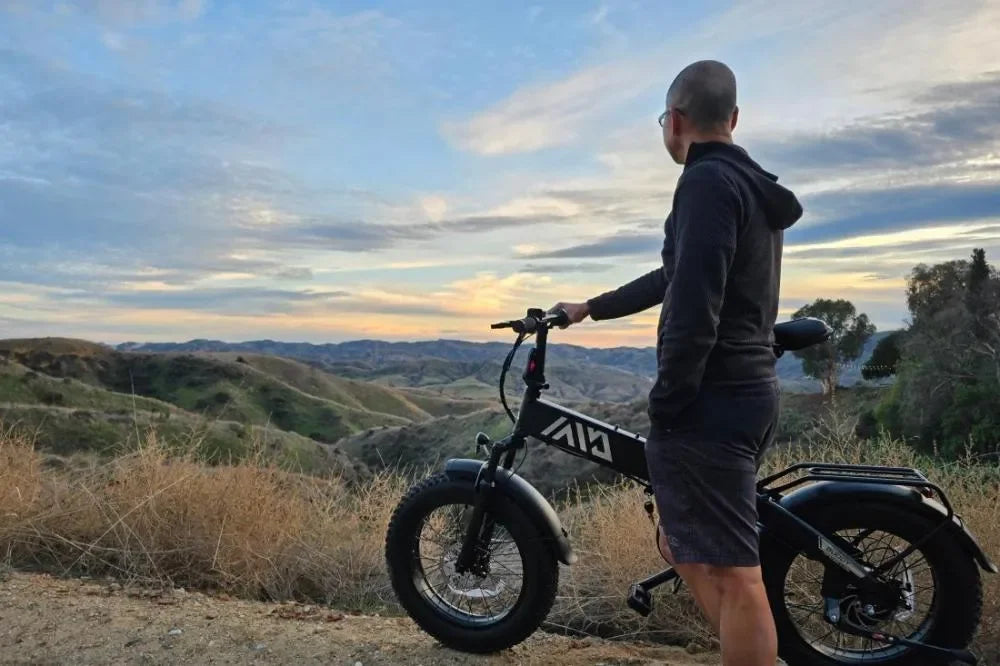
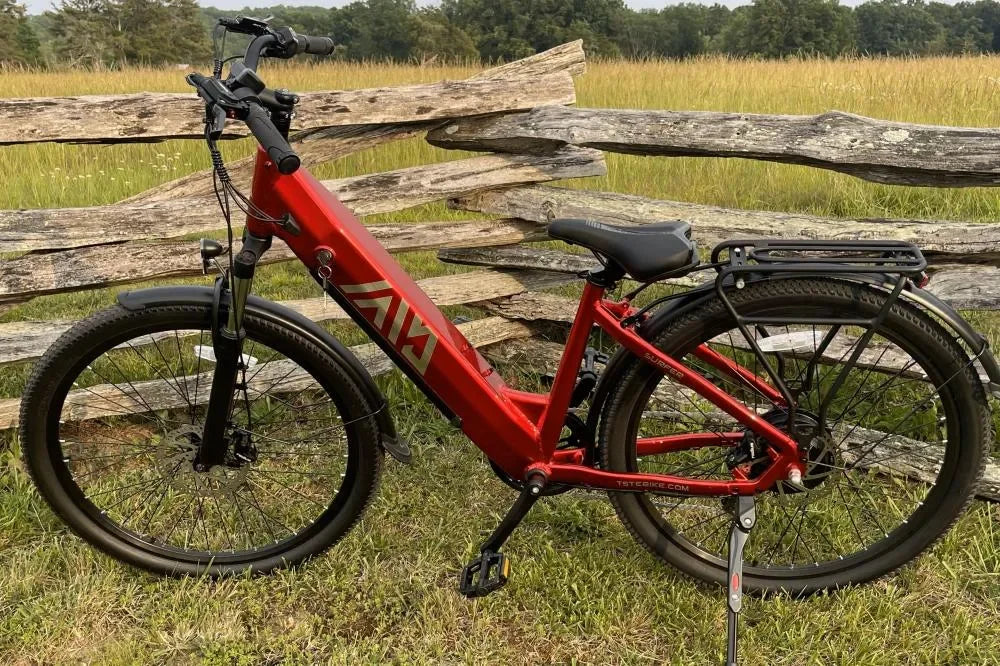
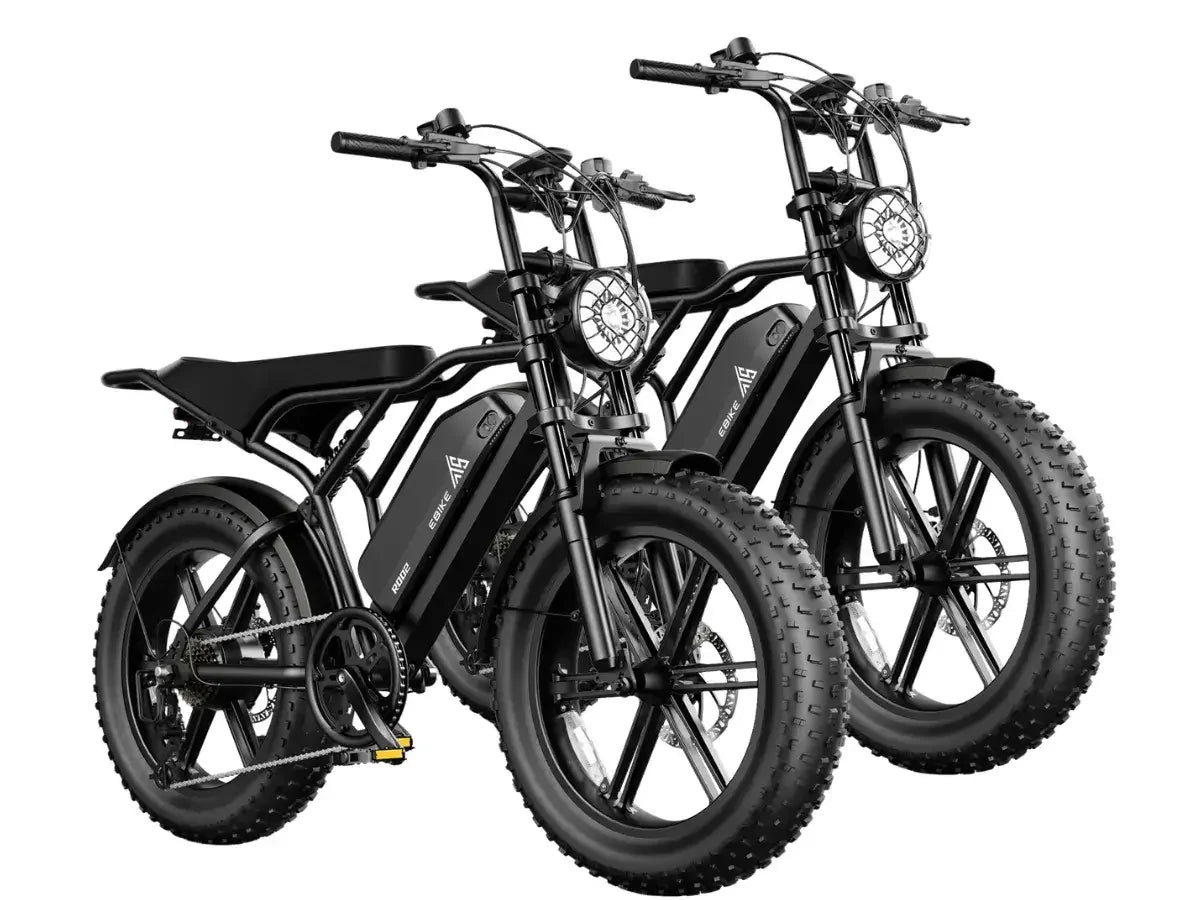
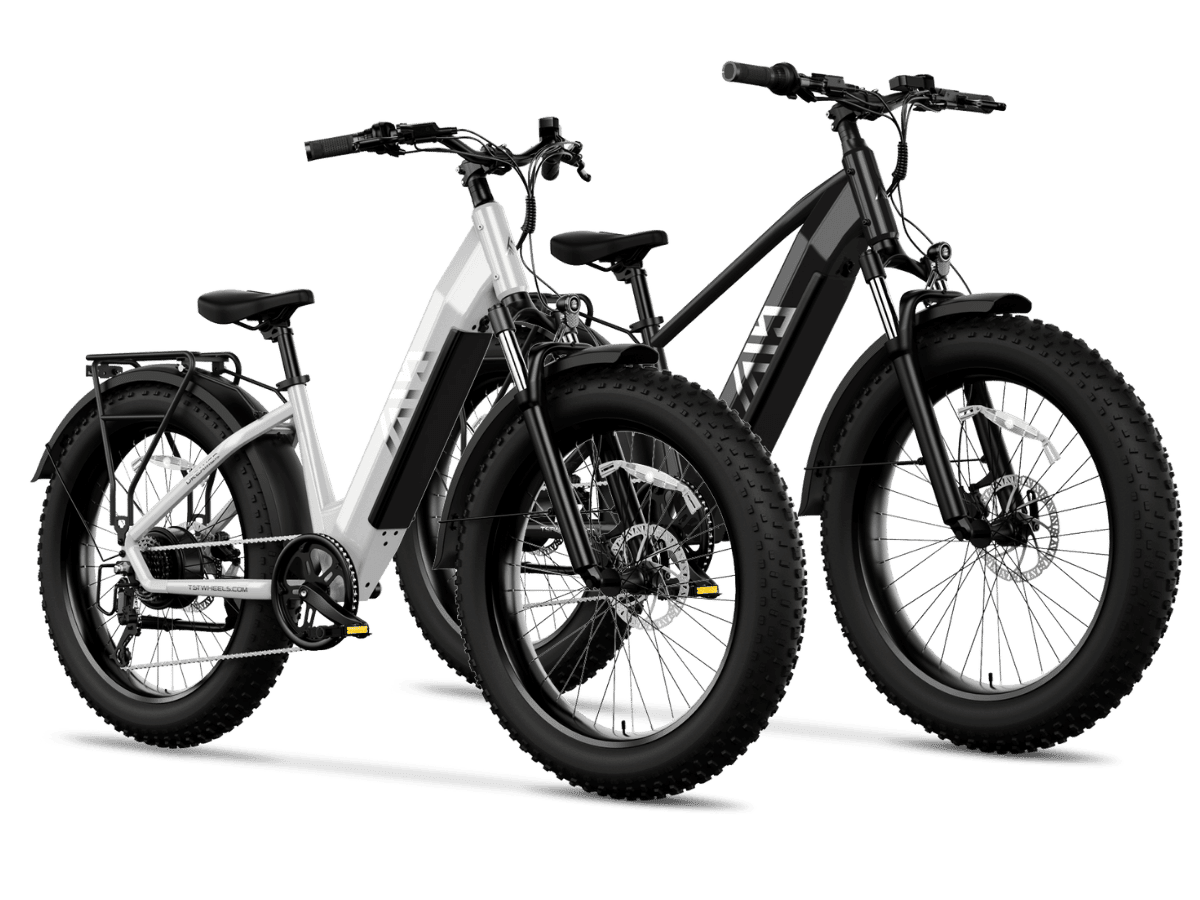
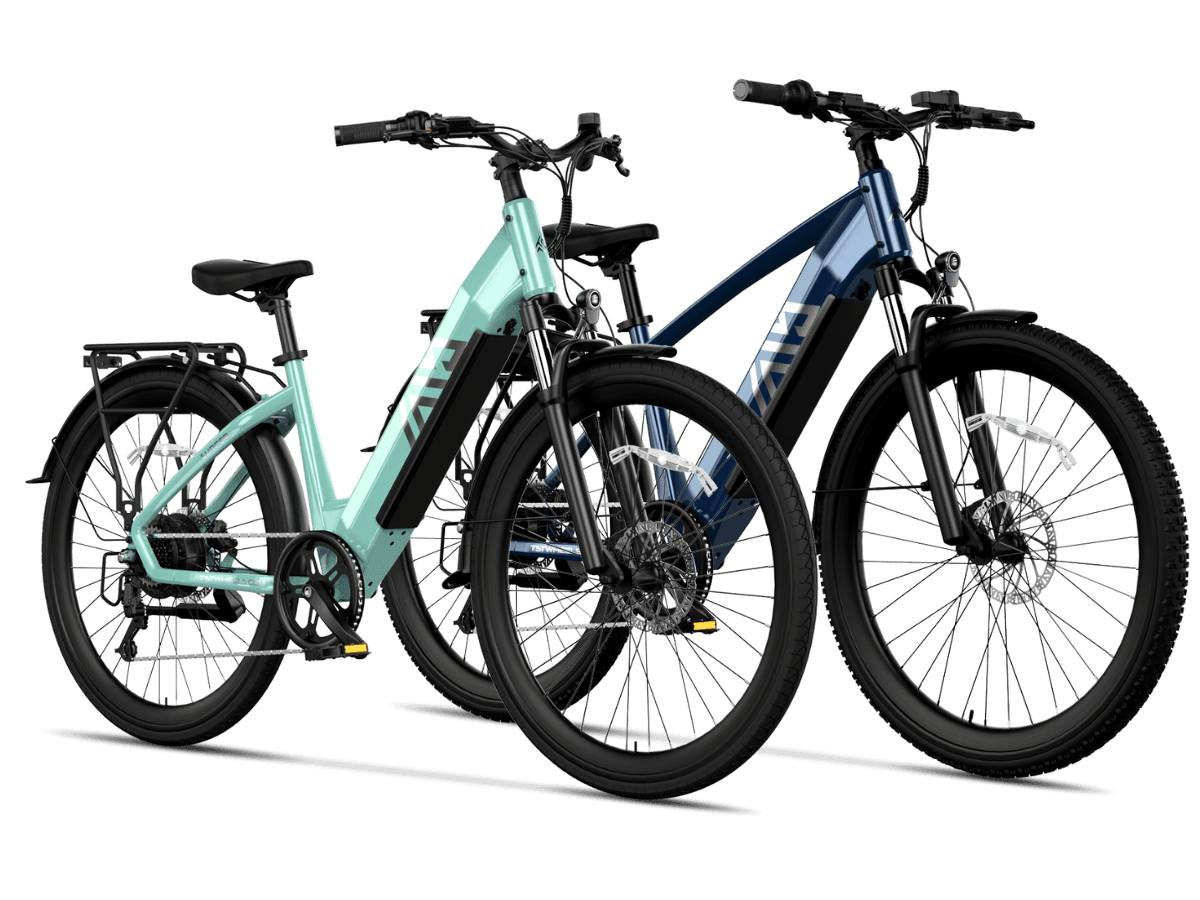
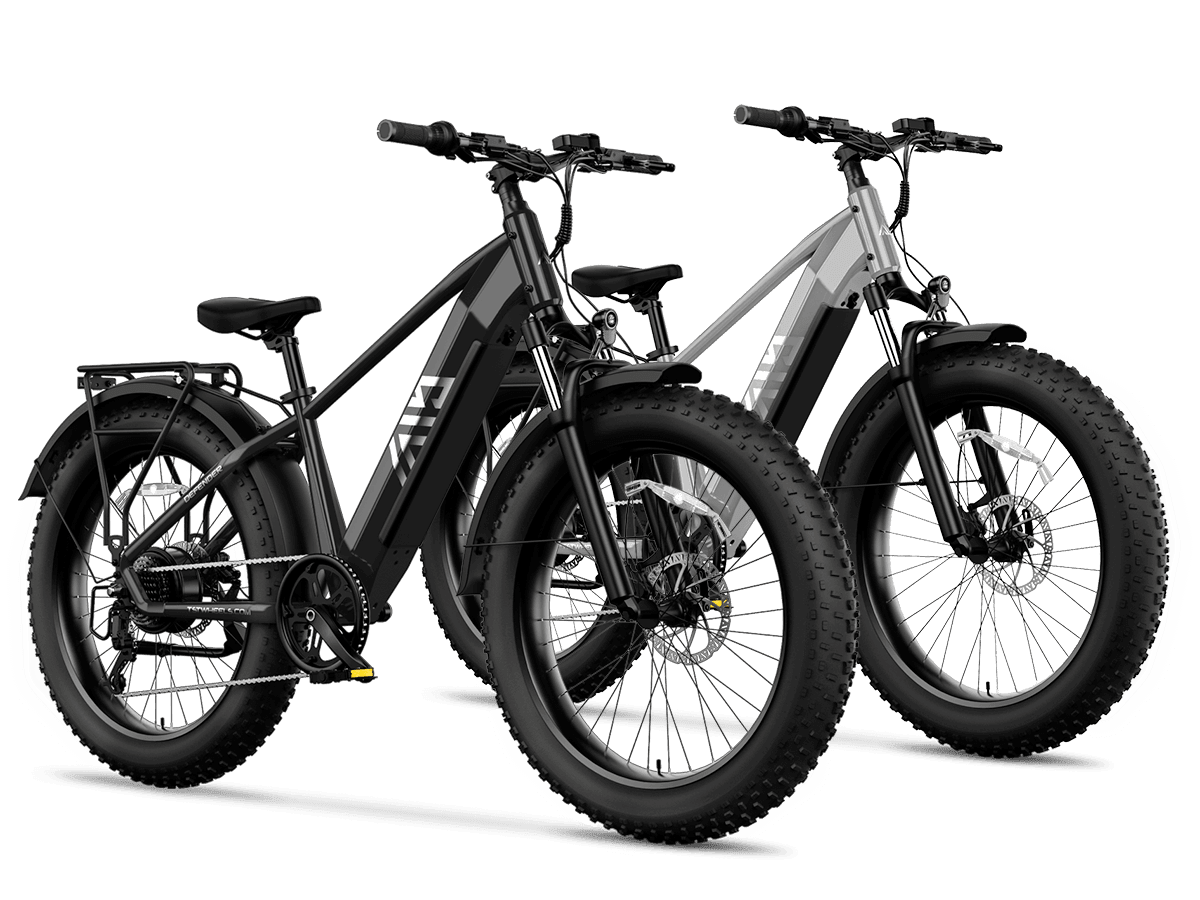
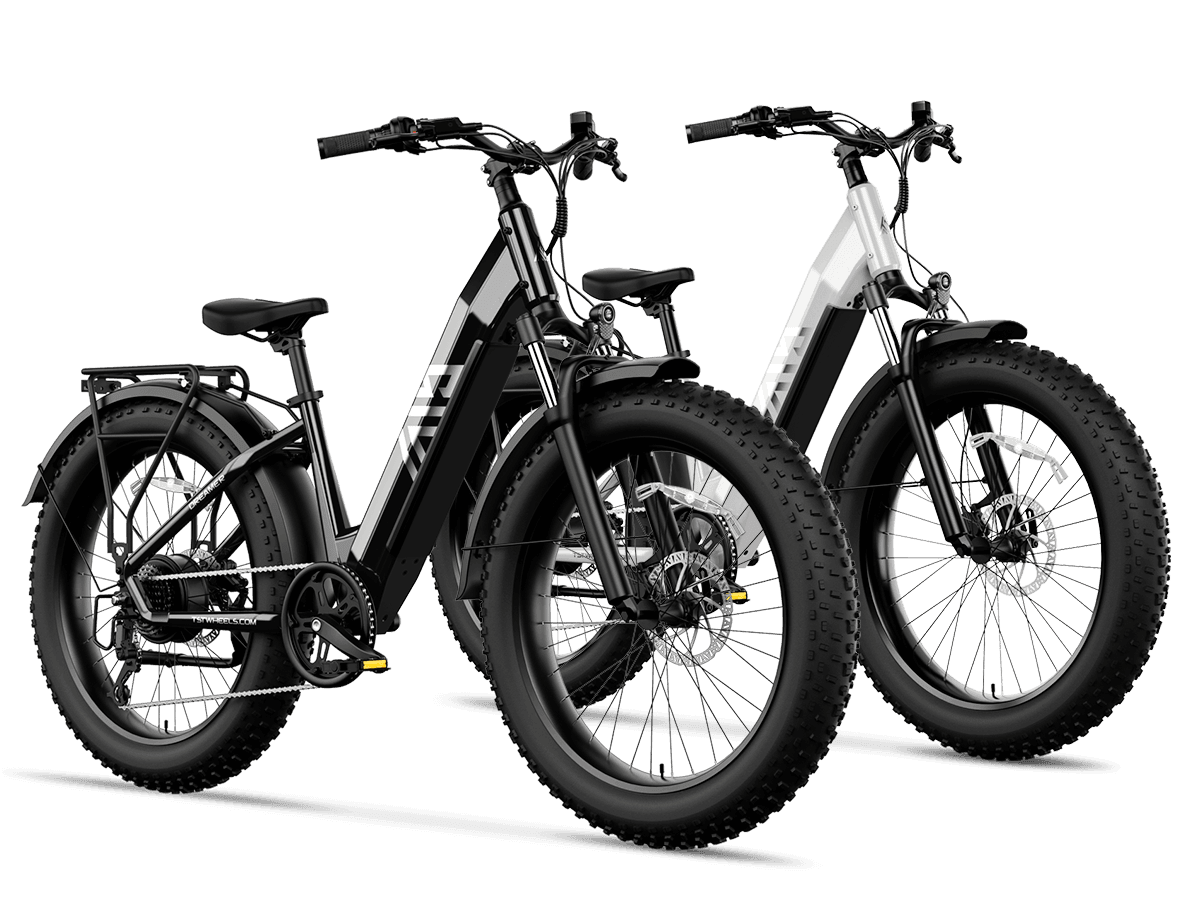
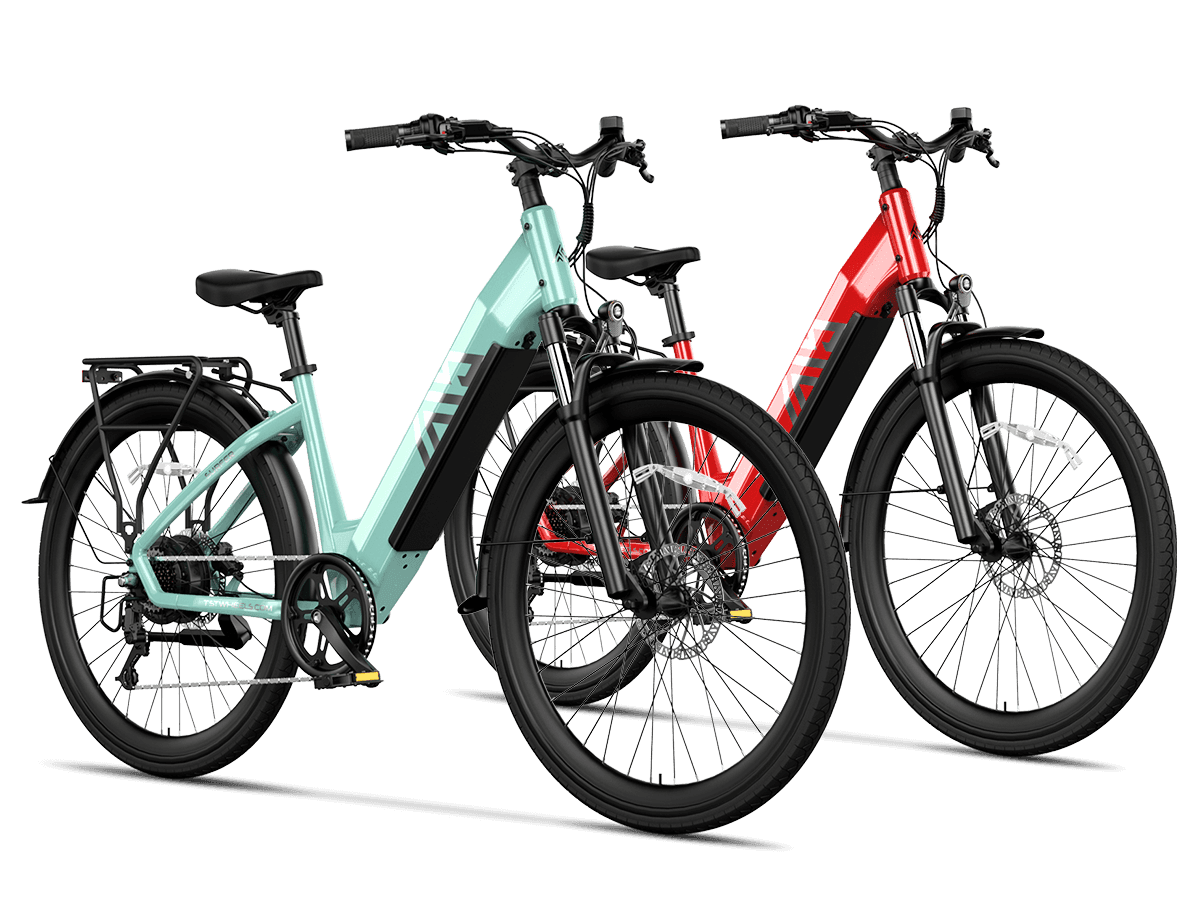
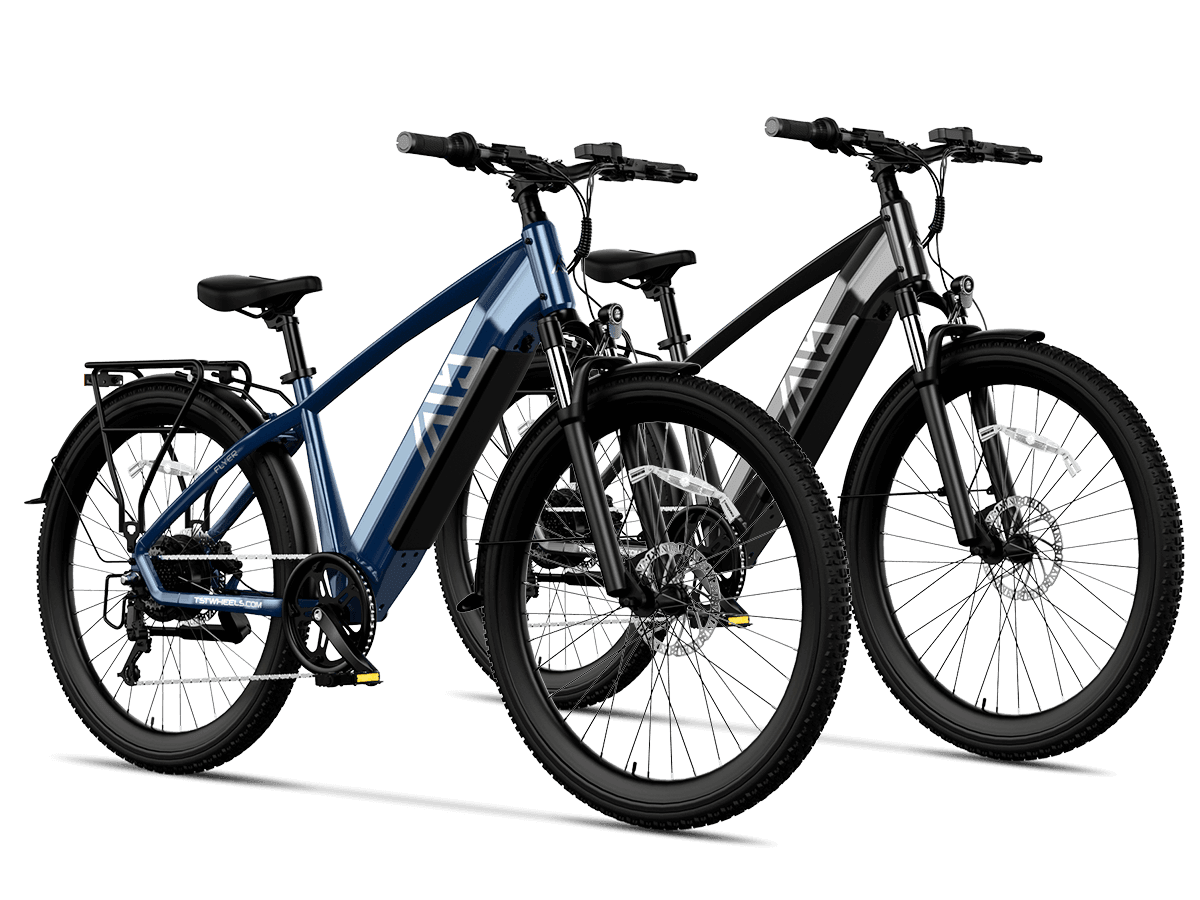
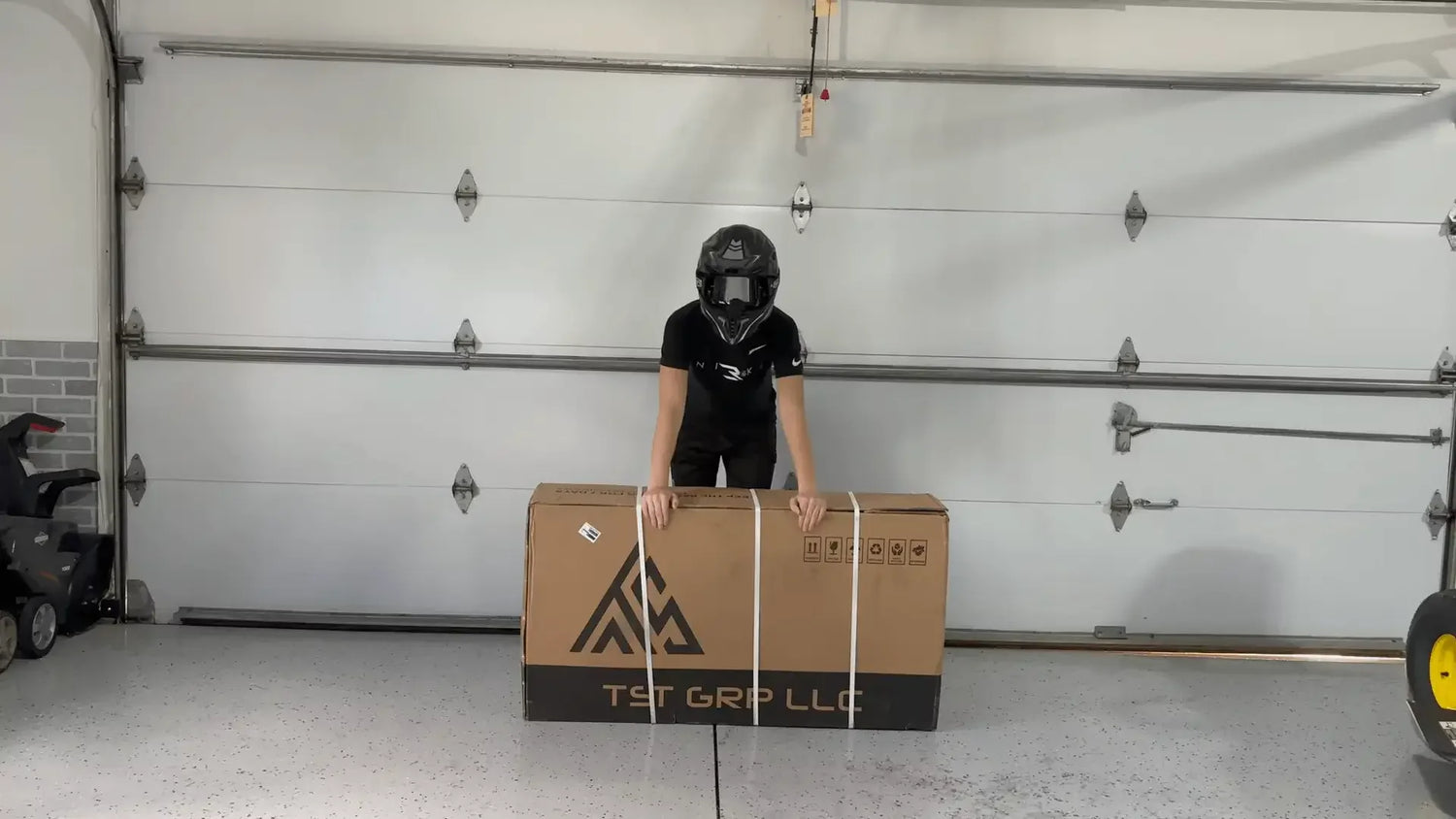
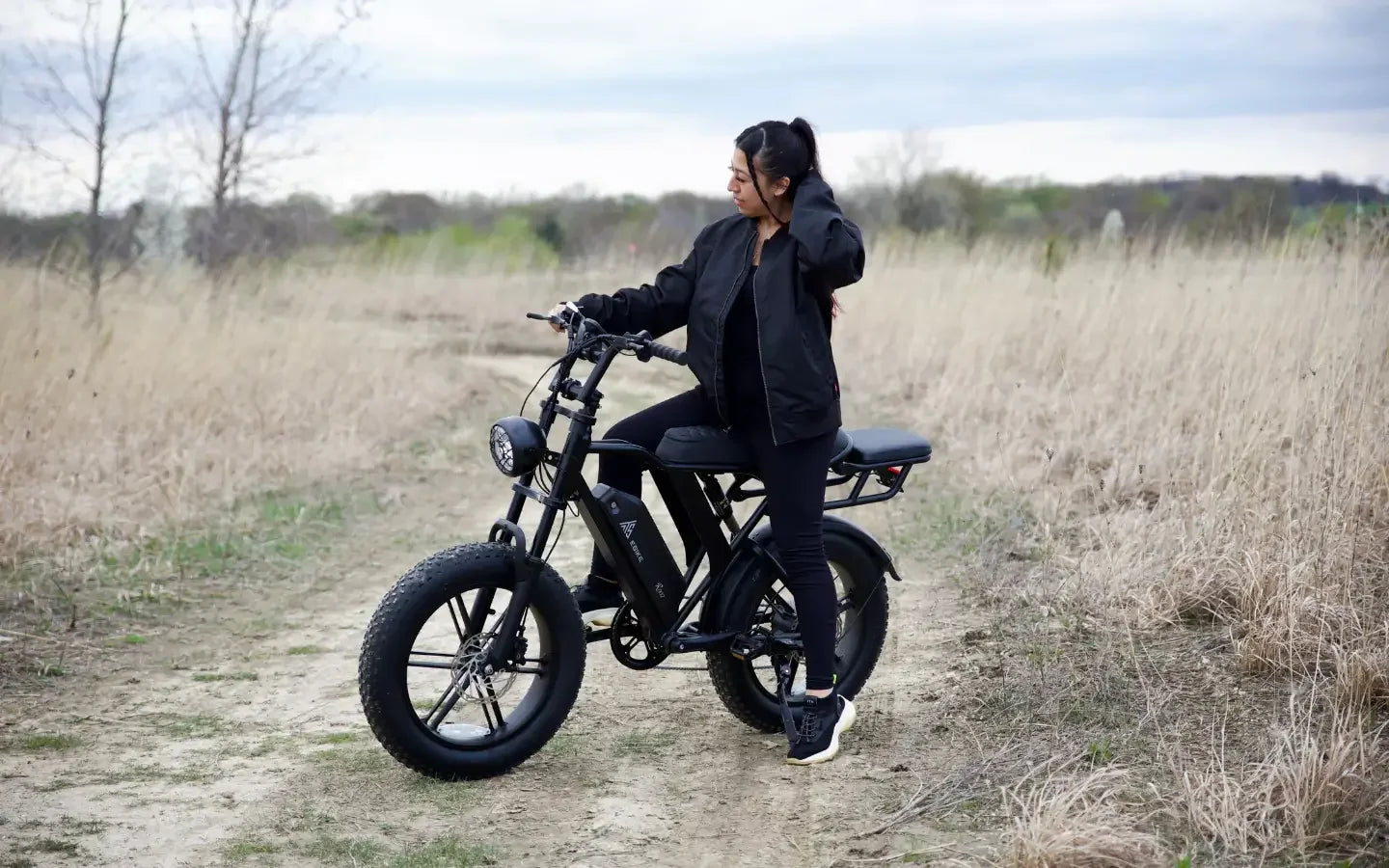
Leave a comment
This site is protected by hCaptcha and the hCaptcha Privacy Policy and Terms of Service apply.